Much Age-Old Wisdom Retains Value, Yet Some Things Have Changed
Many of us learned basic hunting tenets and skills from family elders. Often, those folks were grandparents or other relatives who started hunting two or more generations earlier.
That type of education is priceless from practical and emotional standpoints. Still, as famed turkey author Tom Kelly suggested, lessons learned on Grandpa's knee hold much less significance if Grandpa was a (fool, to use a euphemism).
Similar skepticism makes us wonder whether wisdom from Grandpa and his hunting cronies still holds up today. Let's look at some axioms old-timers espoused and see if they pass the 21st century truth test.
Click here for more Realtree waterfowl hunting content. And check us out on Facebook.
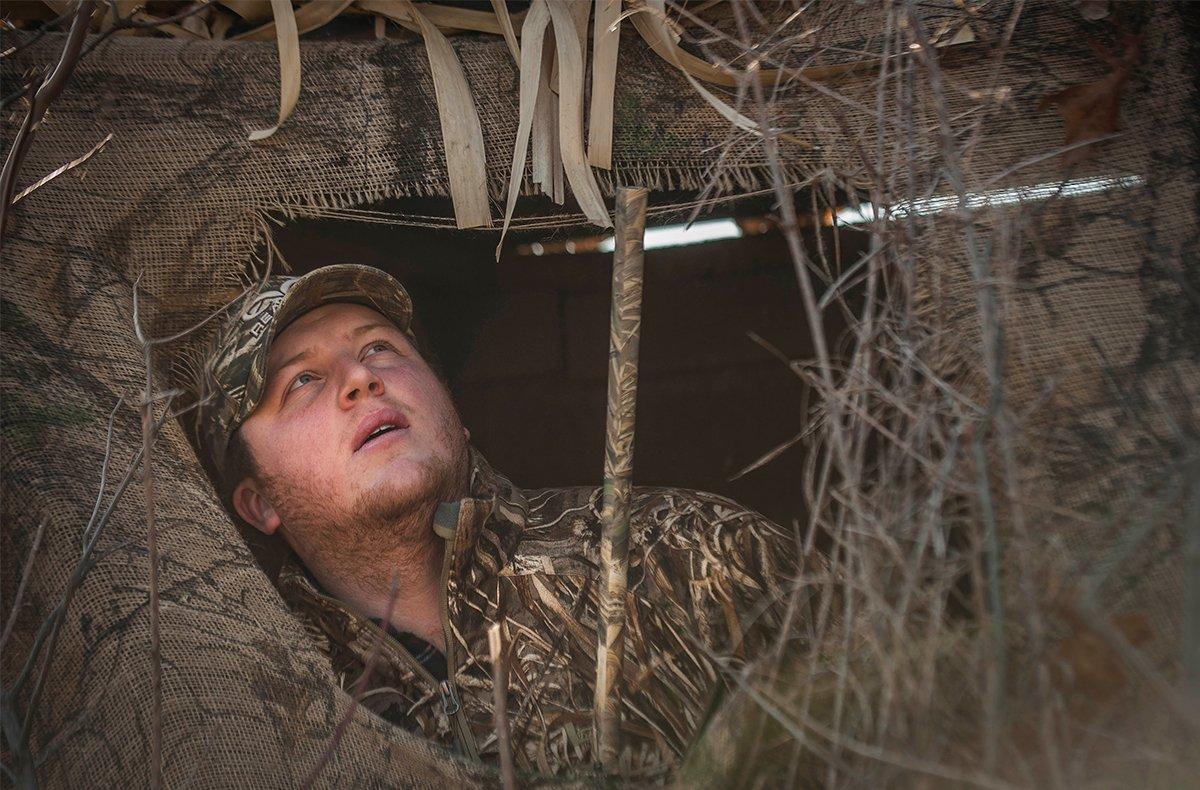
Well, Gramps nailed this one. Flashing your bright face toward the sky as ducks or geese pass overhead is just as bad as shining a spotlight toward the heavens. Today's hunters have the advantage of using convenient face paint and high-tech facemasks to cover their facial skin. Grandpa likely just grew a beard and rubbed some marsh muck on his face. Either way, he called it: Cover your face from sharp-eyed waterfowl.
Photo © Bill Konway

Grandpa scores another correct answer. The concept of calling at the edges, or corners, still holds merit. Basically, it makes little sense to call at ducks when they're coming toward you, unless they're, as Phil Robertson said, way up there. Likewise, it's pointless to blast at ducks as they sail overhead, looking directly at your hide. Hail and comeback calls work best when birds start to drift off, as if preparing to leave. When they turn and approach you again, it's often best to tone down the calling and let them work the decoys. Gramps called at the edges. You should, too.
Photo © Monica Viora/Shutterstock
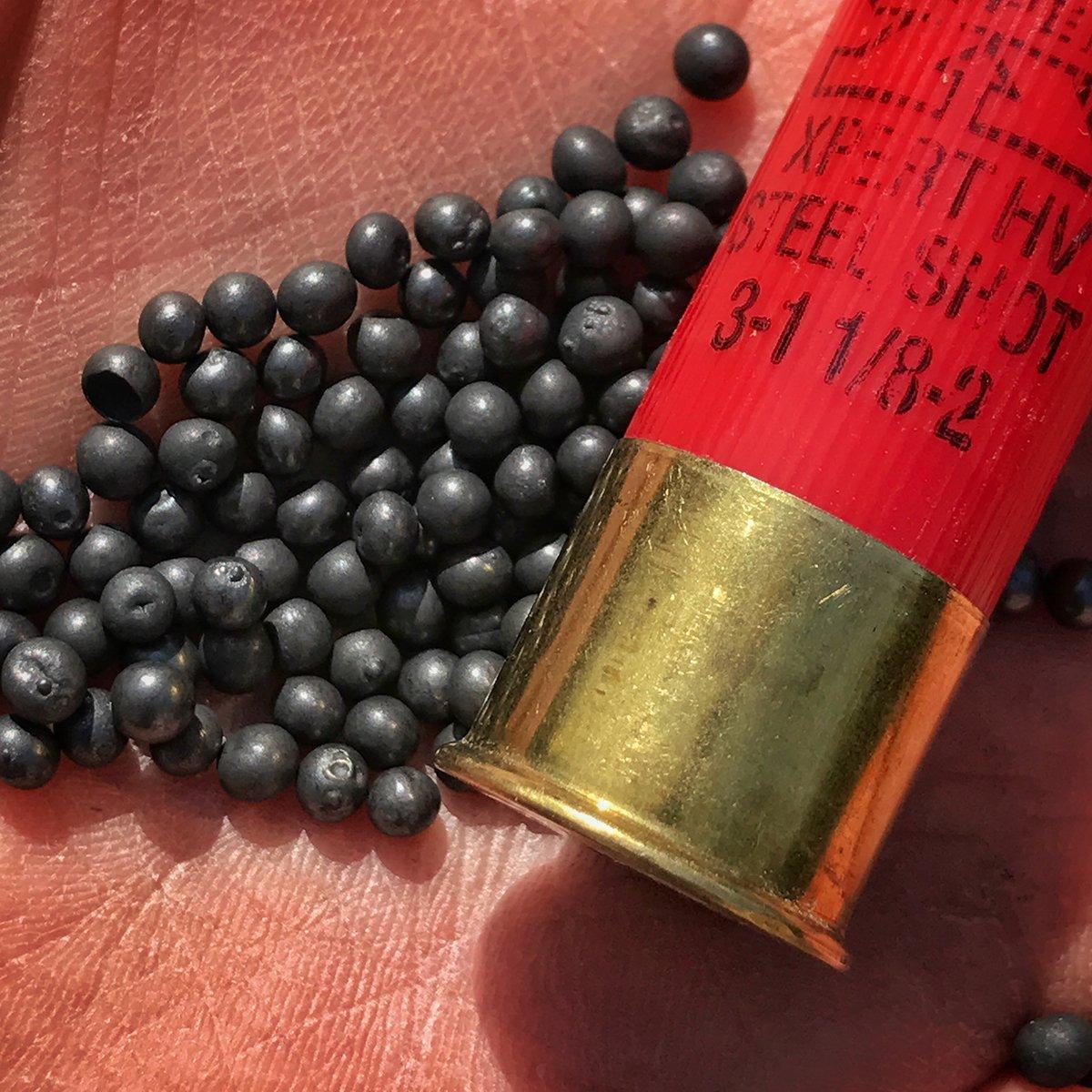
This is false, of course, but we'll give Grandfather a break. The first steel loads basically replicated similar lead loads in speed and payload. That is, a 1-1/4 ounce load of steel No. 4 shot probably had a muzzle velocity of, say, 1,200 fps. A similar load of lead No. 4 shot carried quite a bit of down-range energy. However, because steel is only about 70 percent as dense as lead, shot fired from that antiquated shell lost down-range energy and penetration potential very quickly, making it far less lethal than its lead counterpart.
Grandpa would be pleased to know that technology has solved the problem. Modern steel loads are speed-burners, leaving the muzzle at 1,400 fps or even much higher velocities. As such, they carry far greater down-range energy and penetration, and they kill ducks and geese efficiently.
Photo © Bill Konway

Another in the win column for Granddad. His old-time jerk-string beautifully simulated ducks swimming and feeding on the water, and that realistic motion often brought wary birds sure-kill close. Modern hunters have it better, as they can use jerk rigs, swimming decoys, realistic flags, spinning-wing decoys or even elaborate motion machines that get multiple blocks swimming. And the concept still kills ducks. Thanks, Gramps.
Photo © Tom Rassuchine/Banded
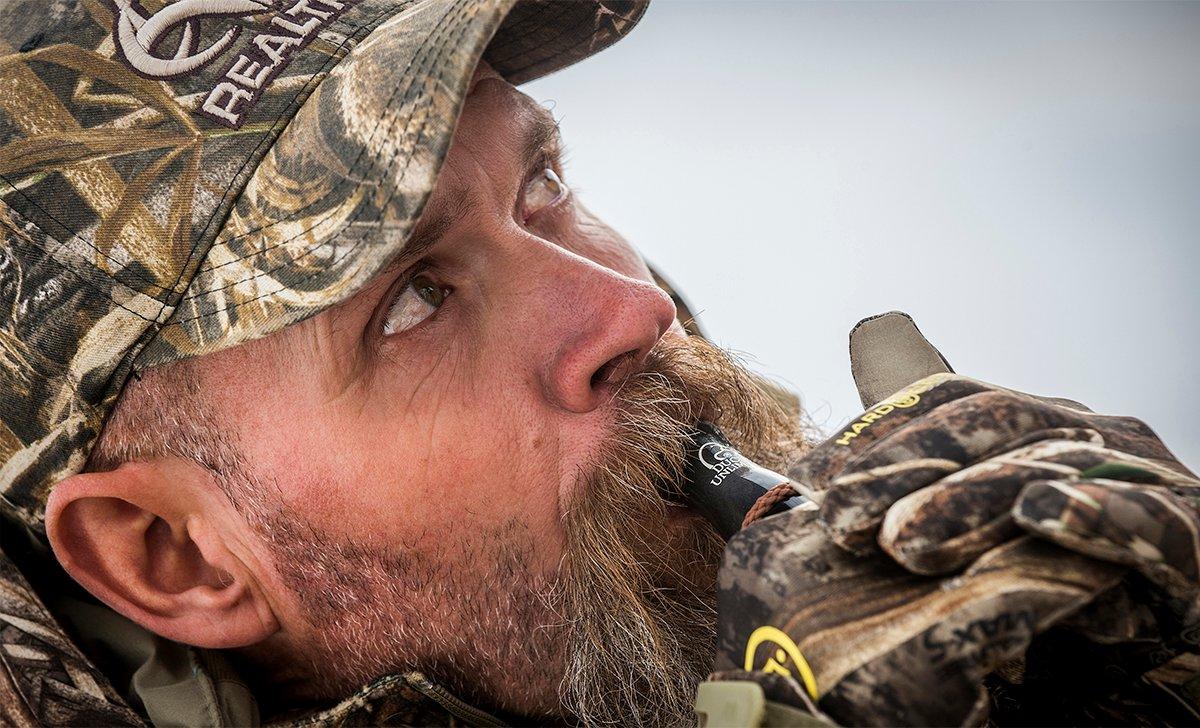
This refers to a common statement of yesteryear that only about 10 percent of hunters blow a duck call well enough to consistently lure in birds. I believe Grandpa was wrong here, but again, I'll add a caveat. Modern hunters have the advantage of using ultra-realistic high-tech calls, and they can learn more about quality duck calling from a few YouTube videos than most old-time hunters learned after years in the marsh. So yeah, I think more modern duck hunters blow calls with sufficient realism to make a difference many days. Is it 20 percent? 25 percent? I don't know, but it's my impression that more hunters sound good ‚ though that's no dismissal of Grandpa.
Photo © Bill Konway
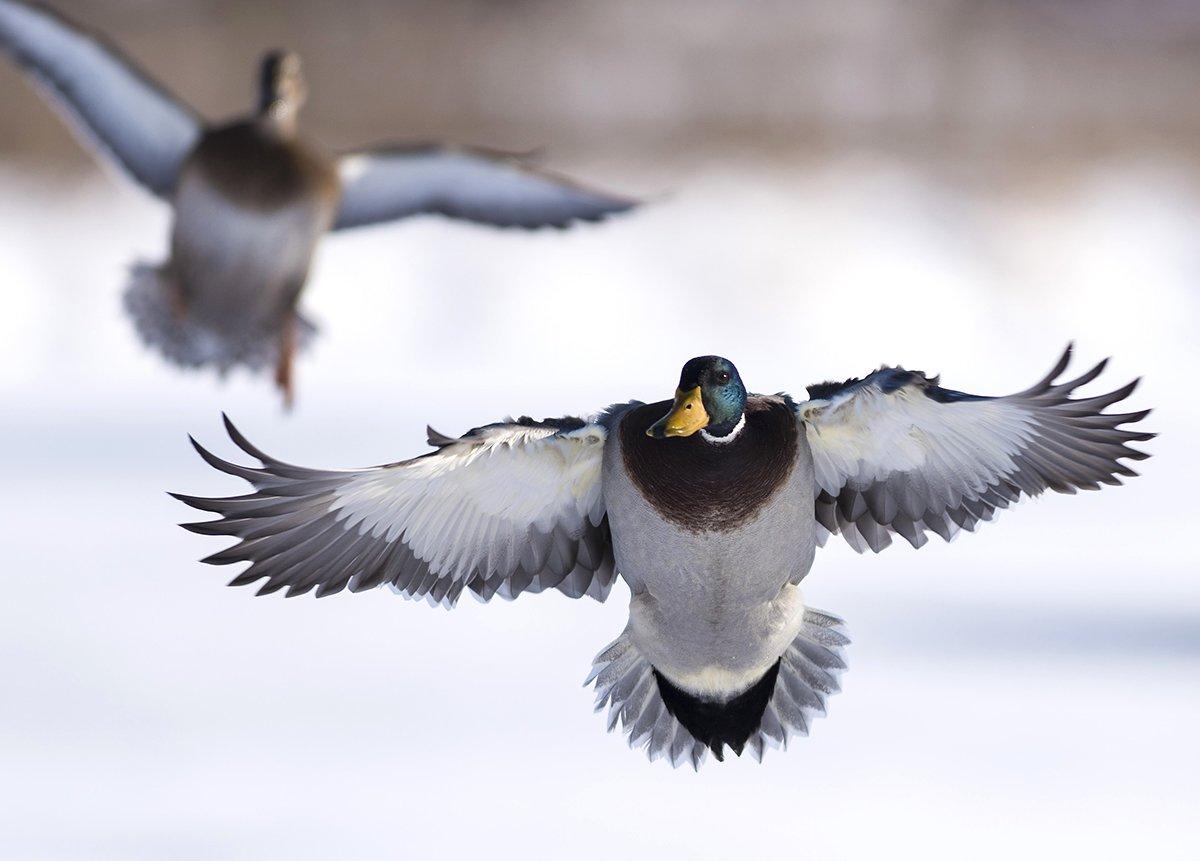
OK, admittedly, your grandfather only said this if his name was Robert Ruark and he wrote The Old Man and the Boy: You can't aim at it and hit it unless it's coming straight at you or going straight away, and this never really happens. A duck coming is either dipping down or slanting up, and a duck going is always heading up a little. You got to aim at where you think it'll be when the shot gets there.
Grandpa Ruark was right on. Whether you use paper-hulled lead loads from the 1940s or super-swift steel shotshells from 2017, you need to master fundamental wing-shooting skills to consistently kill birds. Swing your gun aggressively, let your hand-eye coordination dictate the proper lead, slap that trigger and follow-through ‚ just like Grandfather did.
Photo © Steve Oehlenschlager/Shutterstock
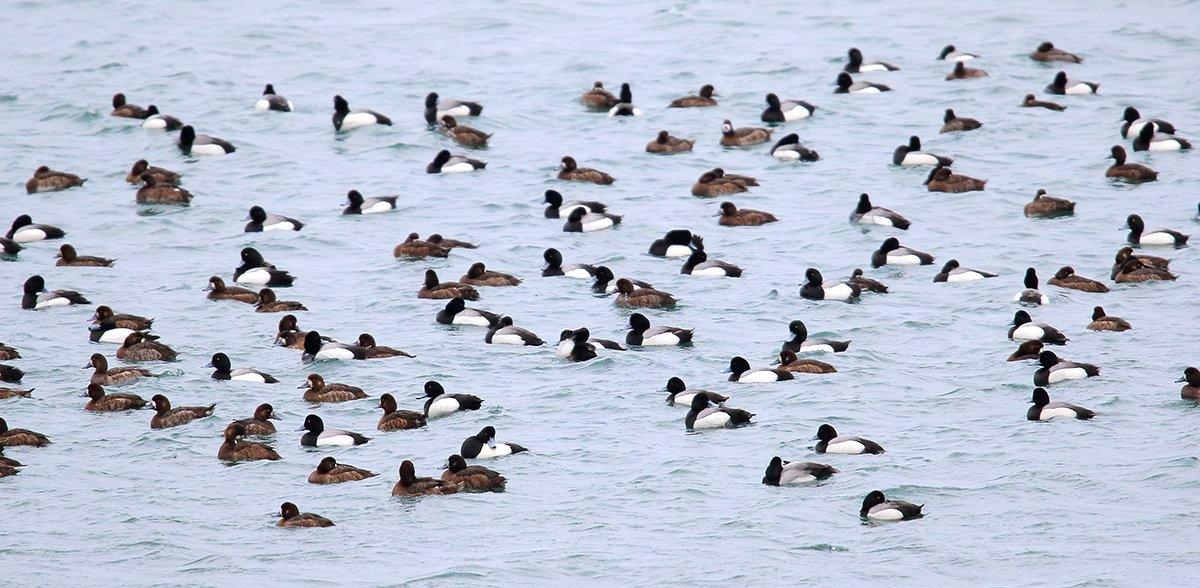
Granddad probably killed a pile of cans and bluebillsbecause this approach has always been gospel. Diving ducks love to fly over their own kind (or other divers) on approach. That's why J-hooks, long tails or downwind stools of decoys are so effective at centering up divers in the kill hole. Back in Grandpa's day, hunters might have used a long line of milk jugs painted black and white. Now, we enjoy pre-made multiple-decoy lines with stout mother lines and perfectly fitted leaders. You might think Grandpa would have been jealous … until you saw pictures of all the divers he shot.
Photo © Wildlife World/Shutterstock
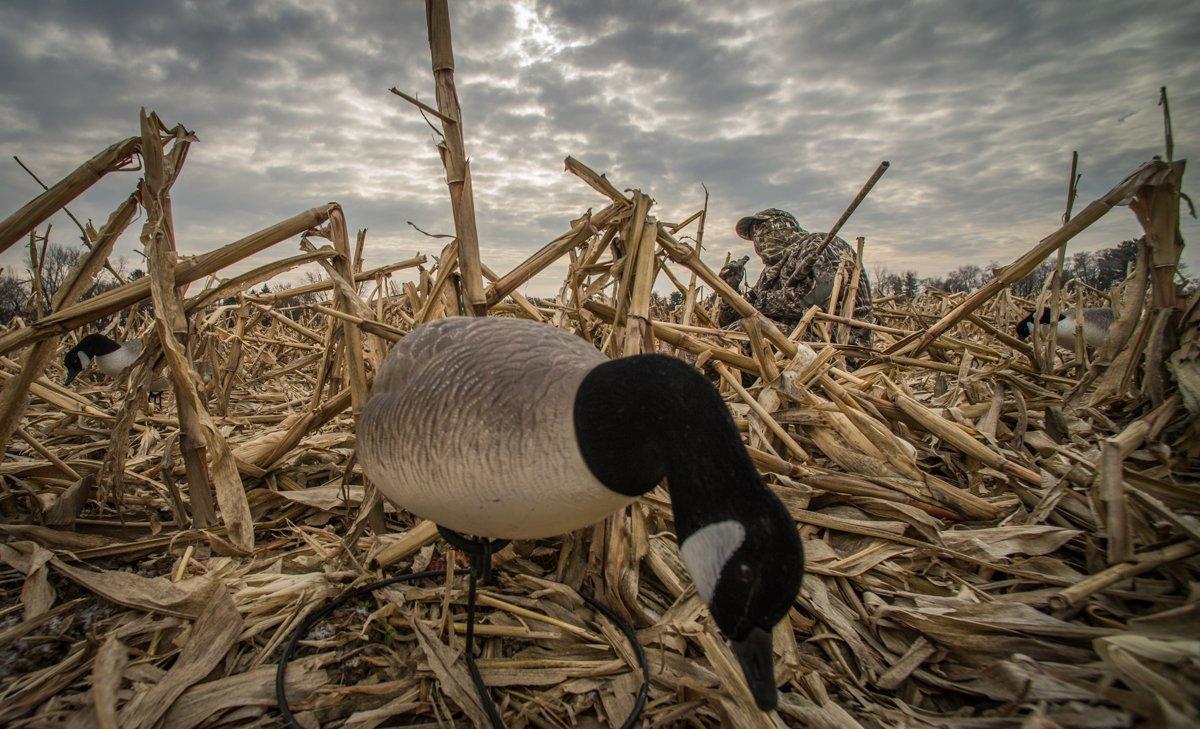
Old-timers advocated using natural cover such as standing corn or brushy fencerows to hide while hunting field geese. But it seems like modern honkers and snows often avoid such likely ambush spots and land in the middle of open ag fields. So, was Gramps wrong? No, and we'll call this one a draw.
Fences, standing corn, rock piles and other natural cover still work in many situations. But obviously, if birds have endured heavy pressure or have a great food source in the middle of a 500-acre barley field, you won't shoot many geese from old-time hides. Thanks to modern camouflage and field blinds, hunters can lie invisible amongst their decoys in fields that have no more cover than a pool table. Granddad did not have this technological advantage. And because his old-time approach still pays off at times, he gets a free pass here.
Photo © Bill Konway
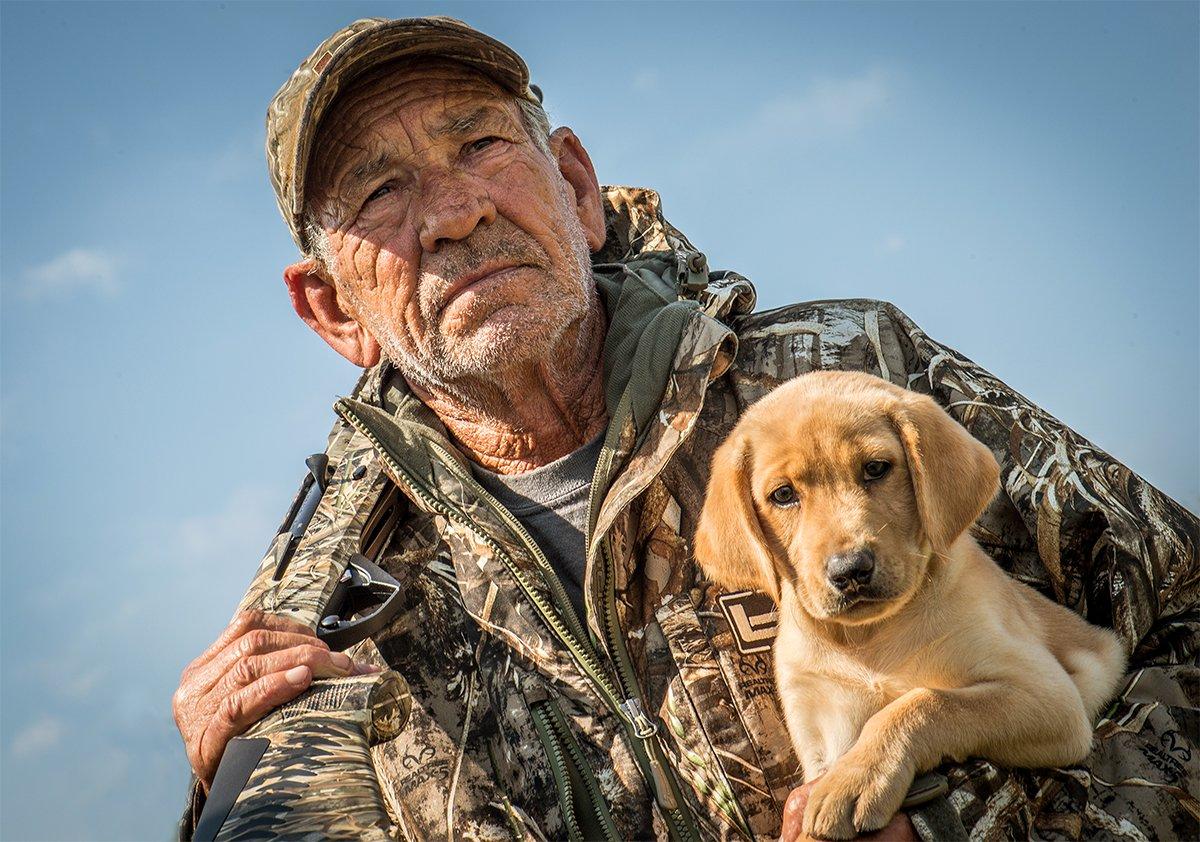
Here's our tally: Grandpa got five correct, two wrong (only because of modern advancements) and battled to one draw (again, thanks to technology). That's not bad. Apparently, Grandpa knew what he was talking about when it came to hunting ducks and geese. You'd be wise to follow his example.
Photo © Bill Konway






